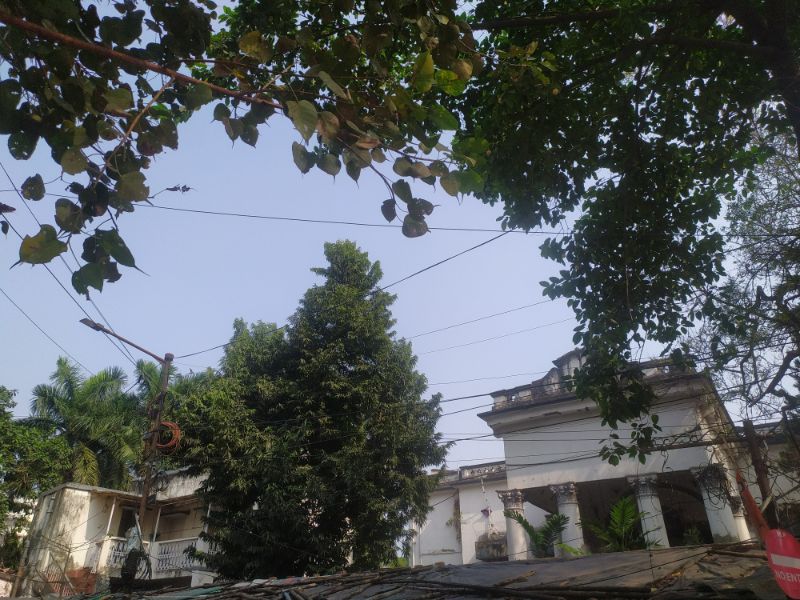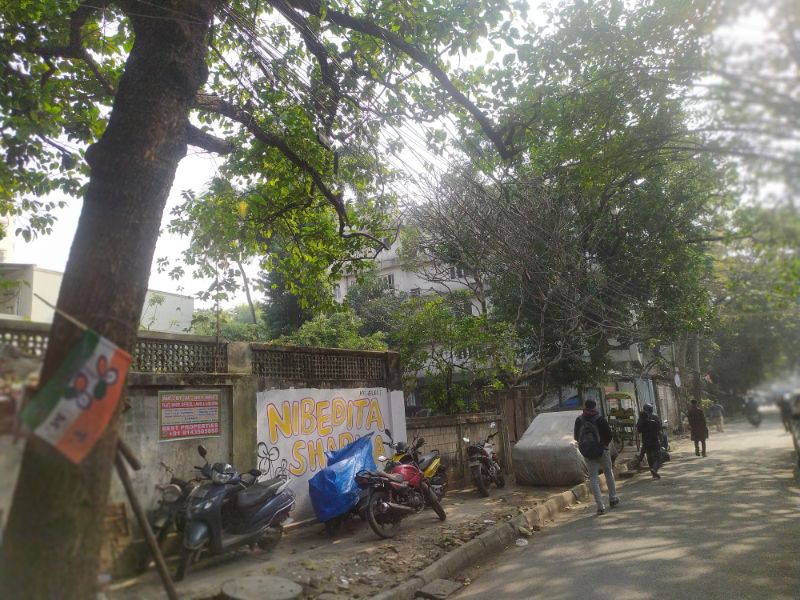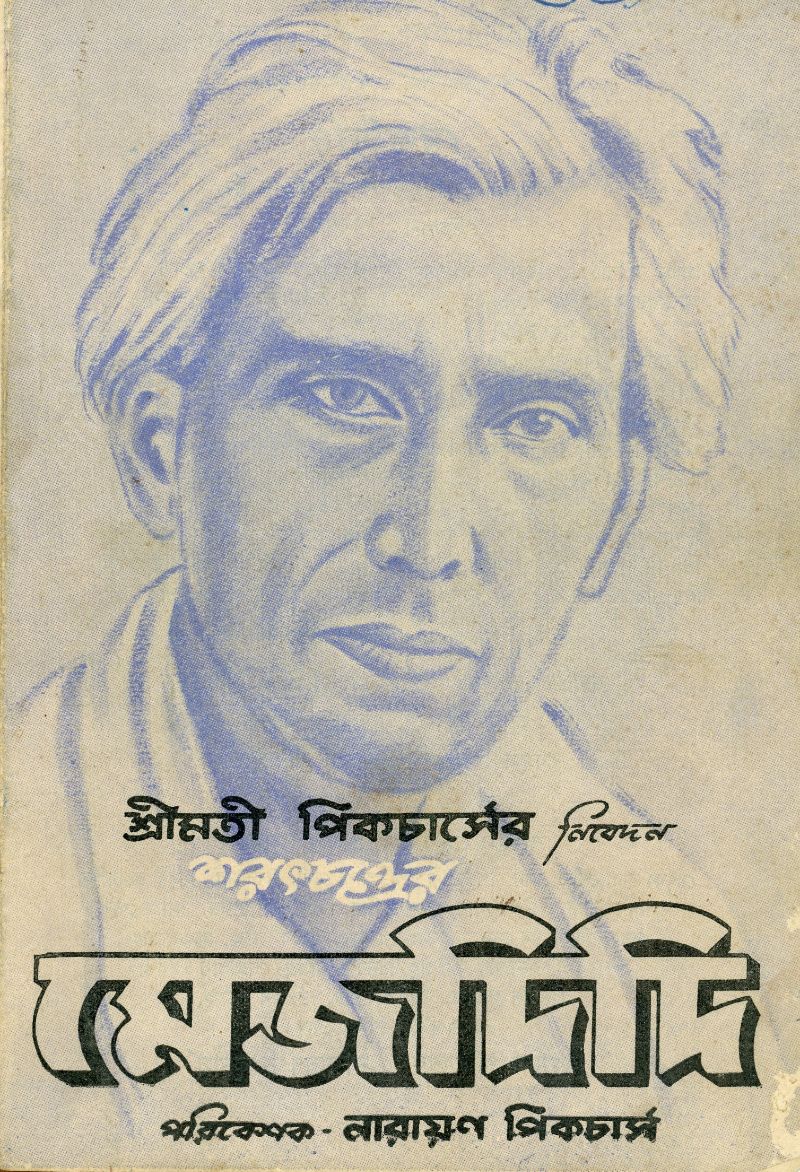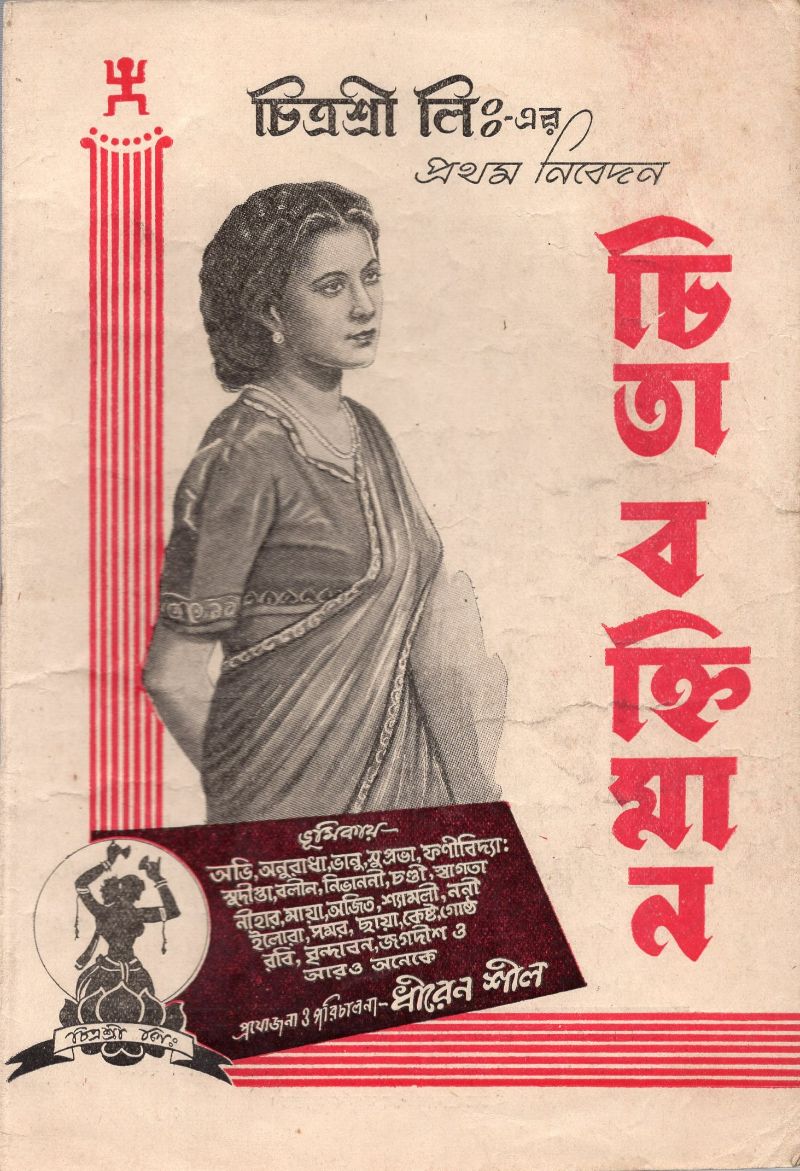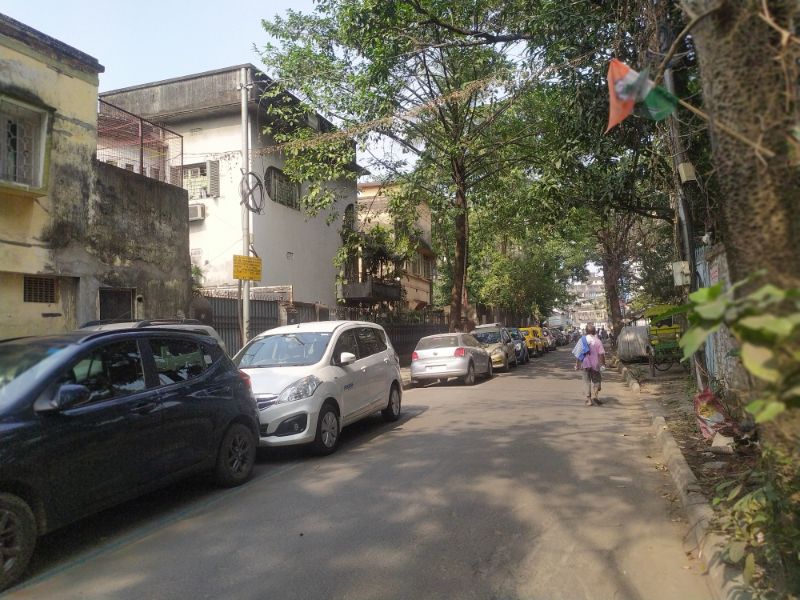
Rupasri Studio
Address: Jhowtala
Years Active: 1948-1951
First Film: Digbhranta
Language: Bengali
Director: Sushil Majumdar
Released on: 26.5.50 at Minar, Bijoli, Chhabighar
Known for its beautiful landscape, Rupasri Studio was like a green abode with shady casuarina trees and a lotus pond. The name Rupasri Limited first became popular thanks to Niren Lahiri’s Sahadharmini (1943). The next film from Rupasri was Dampati (1943). That too was helmed by Lahiri. Both were hit films. Buoyed by the success, the production house rolled out films like Nandita (1944), Mouchake Dhil (1946), Shankha Sindur (1948) and Rupantar (1951) and cemented its base in the industry.Once that was secured, the thought of establishing a studio came up. Dr SN Sinha and Keshab Dutta, who helmed Rupasri, established the studio in 1945. Work went on for some time but came to a screeching halt because of the circumstances. Kolkata was in unrest during 1946-47. Commuting was a problem in the Jhowtala area. Rupasri Studio opened its doors in November 1948 once the situation improved. Apart from their own productions, productions of other houses that rented Rupasri Studio were also shot there. Yet, this run too was short-lived. A devastating fire broke out on May 18, 1951, ravishing Rupasri. Keshab Dutta’s efforts to revive it were unsuccessful. The film shot at Rupasri that is still popular is Kanan Devi’s Mejdidi.
Selected Bengali Filmography
Did You Know?
In his early life, Tarun Majumdar had once landed up at Rupasri Studio to learn the ropes of film-making. That was where he first saw a film camera and shooting in progress. Majumdar had bagged owner Keshab Dutta’s permission to join as the assistant to the cameraman. Santosh Guharoy was then working as the cameraman for Ardhendu Mukhopadhyay’s Sanket. Unfortunately, Majumdar could not stick on for long since he did not have a card from the union.

